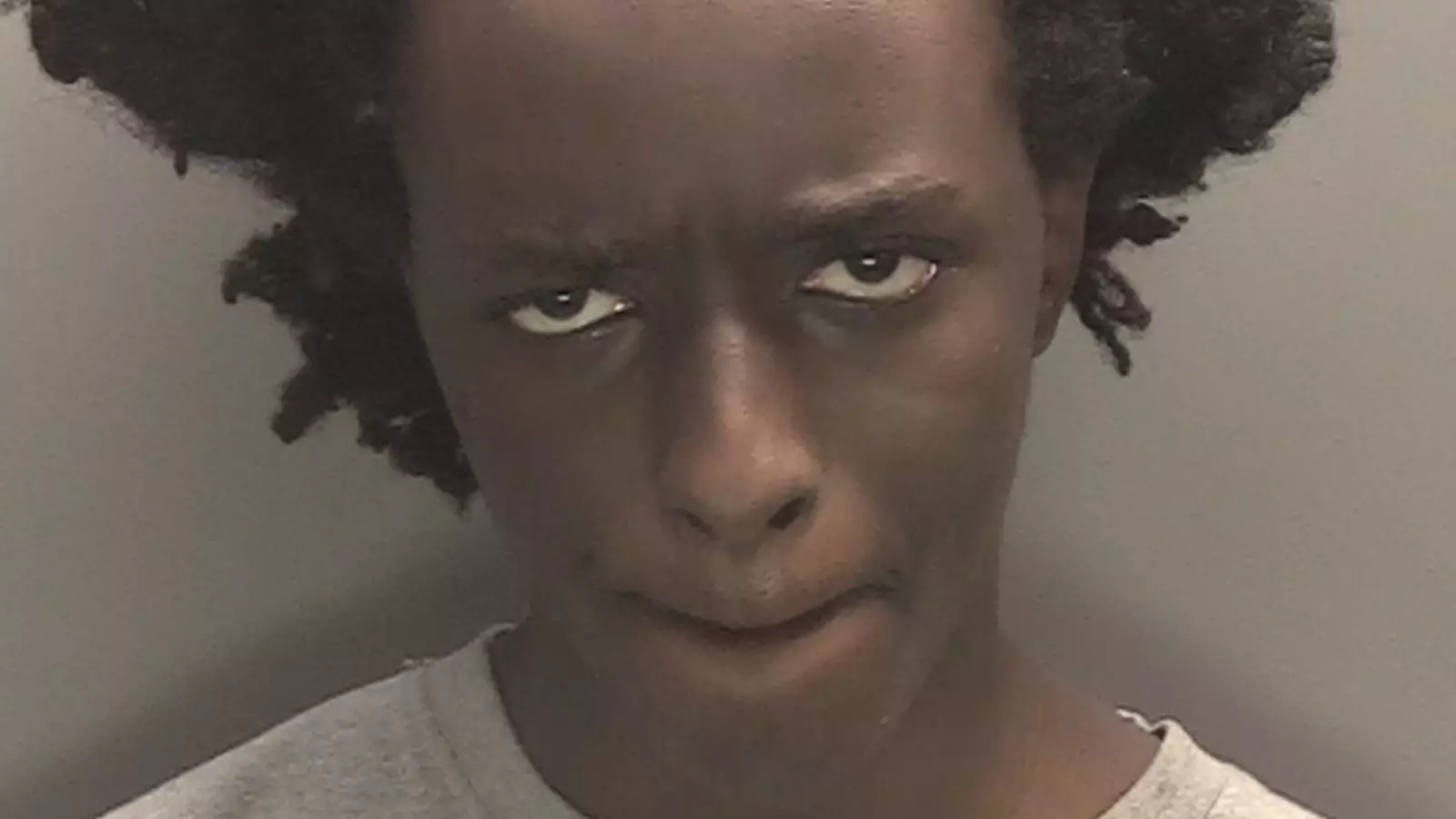The disturbing narrative of Axel Rudakubana stands as a stark reminder of the complexities surrounding youth violence and mental health issues. His case reveals the dangers of overlooking warning signs and the failures of social institutions designed to protect both potential perpetrators and their communities. The unfolding events around Rudakubana’s actions paint a disheartening picture of how numerous opportunities to intervene were missed, culminating in tragic outcomes.
Axel Rudakubana’s interest in extreme violence was not a mere phase; it was a chilling fixation that manifested as early as his high school years. Reports indicate that he maintained a “kill list” targeting specific individuals, raising alarm bells among his peers who recognized him as a troubling figure within Range High School in Formby. His history of violent behavior began in October 2019 when he was excluded from school after attempting to bring a knife onto the premises. This initial incident should have been a significant red flag, yet it did not serve as a decisive intervention point.
Despite being banned from Range High, Rudakubana returned to the school mere months later, this time armed with a hockey stick, and engaged in a reckless pursuit of potential victims throughout the hallways. This alarming behavior highlights not only his troubling mindset but also a systemic failure to adequately restrict his access to the school environment after his earlier confrontations. Collectively, these incidents suggest an escalating pattern of violence that, unfortunately, was not effectively addressed at the school or community level.
Between his initial expulsion and the stabbings in Southport, Rudakubana was referred three times to the Prevent program – a government initiative aimed at preventing radicalization. Nonetheless, these interventions failed to stem the tide of his violent inclinations. The existence of an “unhealthy obsession with extreme violence” as outlined by Merseyside Police encapsulates Rudakubana’s troubling psyche. His fascination with historic atrocities and despotic leadership suggests a deeper, more complex set of influences that were neglected by the system tasked with his oversight.
Testimonies from those who knew him reflect a collective concern that went unheeded. For instance, Dylan Pemberton’s daughter, who was several grade levels above Rudakubana, noted his notoriety among peers, underscoring the gulf between individual awareness and systemic response. This highlights a critical issue: when numerous community members perceive a threat, but official channels fail to take appropriate action, tragedies become inevitable.
The harrowing climax of Rudakubana’s violent trajectory resulted in the stabbing attacks at a Taylor Swift-themed dance event in July 2024. In close proximity to this event, his father’s attempt to prevent his son from returning to Range High illustrates a foreboding sentiment that should have activated greater concern from authorities. The fact that Rudakubana donned the same outfit from prior violent attempts serves as a chilling indication of his intent. His father’s concerns, alongside multiple previous interventions, should have triggered a more proactive response from social services and the school.
In the wake of the stabbings, a palpable public outcry has emerged, demanding accountability for the failures that allowed Rudakubana to slip through the cracks of a supposedly protective system. Home Secretary Yvette Cooper’s announcement of a public inquiry underscores the need for systematic reevaluation of processes surrounding youth violence prevention. Community anxieties regarding the inadequacies of existing measures have reached a boiling point, with many feeling that more decisive action could have mitigated the risk posed by Rudakubana.
The tragic case of Axel Rudakubana serves as a poignant reminder of the dire consequences that can arise when individuals with violent tendencies are not effectively managed by the systems in place designed for early intervention. His story raises pressing questions about the efficacy of programs like Prevent, the responsibilities of educational institutions, and the necessity for comprehensive mental health support for troubled youth. As authorities move toward an investigation, the hope remains that lessons learned from this disheartening case will lead to tangible reforms, prioritizing the safety and well-being of both potential victims and vulnerable individuals needing intervention.

